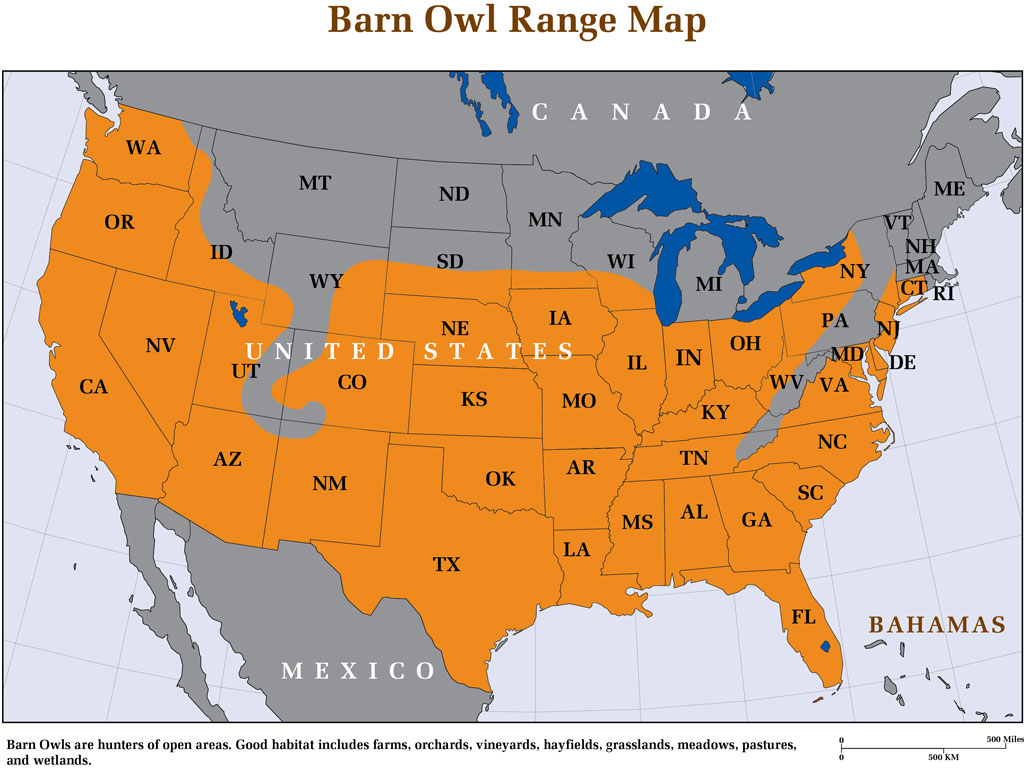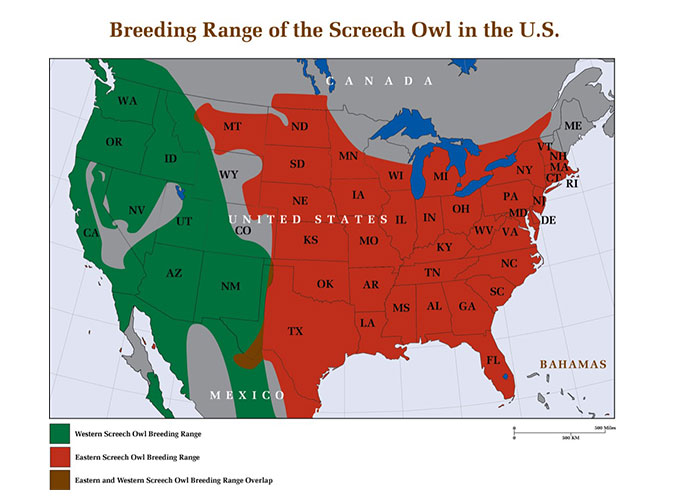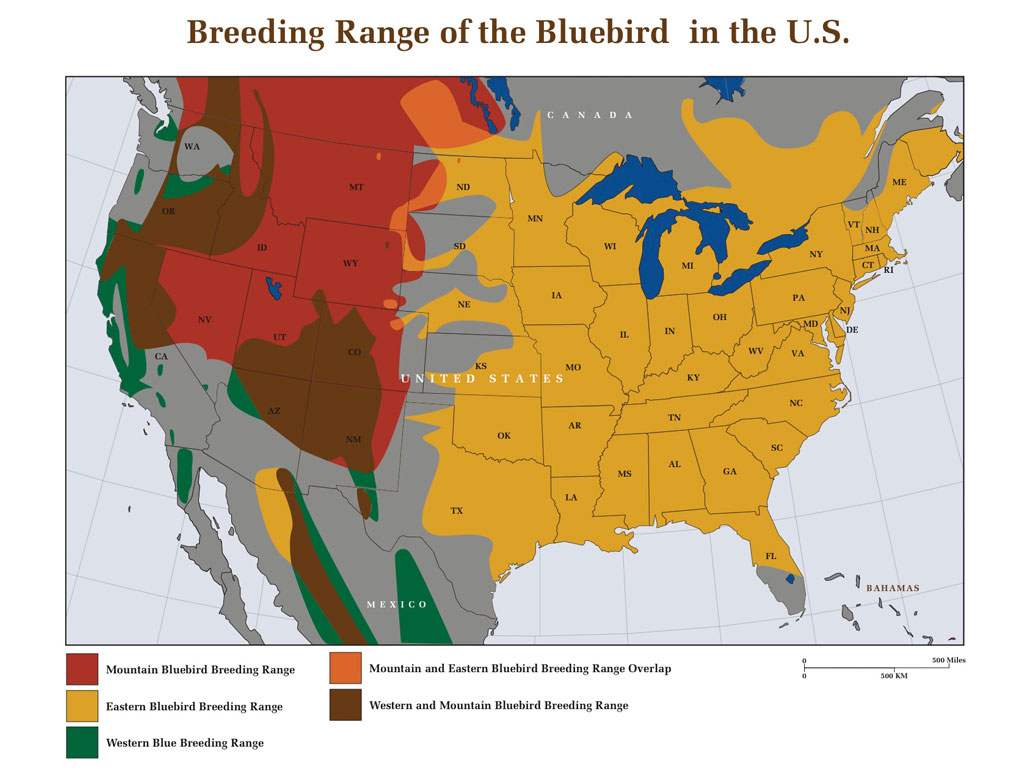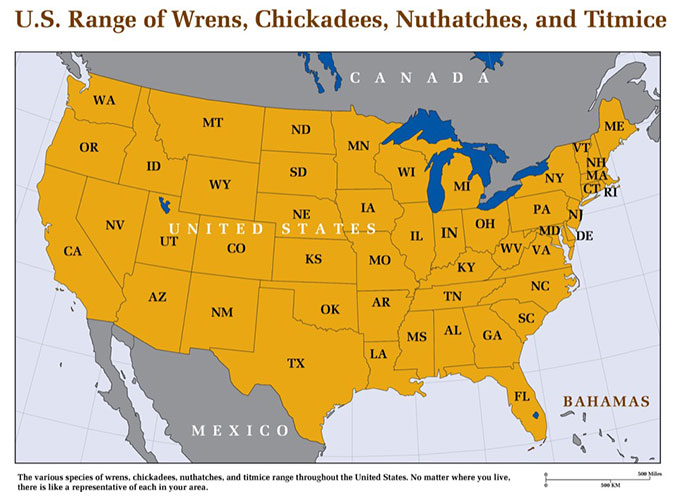Free Shipping to the Contiguous United States
New Jersey Barn Owls
Barn Owls in New Jersey
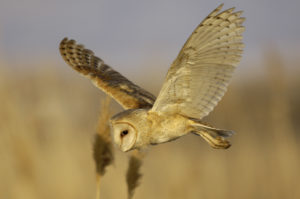 New Jersey barn owls have experienced the most recent downturn of any population in the United States. Unlike so many eastern states where barn owls declined dramatically by the 1960’s, as late as the 1990’s barn owls were being found in very good numbers in the farmlands of New Jersey. Naturalist Leonard Soucy Jr. conducted a fifteen year study there, finding barn owl nests under bridges, in bell towers, warehouses, chimneys, and barns, with many nests in urban areas, and concluded that the New Jersey barn owl population was one of the most abundant populations in the nation.
New Jersey barn owls have experienced the most recent downturn of any population in the United States. Unlike so many eastern states where barn owls declined dramatically by the 1960’s, as late as the 1990’s barn owls were being found in very good numbers in the farmlands of New Jersey. Naturalist Leonard Soucy Jr. conducted a fifteen year study there, finding barn owl nests under bridges, in bell towers, warehouses, chimneys, and barns, with many nests in urban areas, and concluded that the New Jersey barn owl population was one of the most abundant populations in the nation.
Since then the barn owl has declined precipitously inland where much of New Jersey’s farmland with cattle and hay has been converted to housing tracts, lawns, shopping malls, and roads with a devastating effect on barn owl numbers. Today, barn owls are very rare there where they once thrived.
The Barn Owl Research Foundation Project
The bright spot in the New Jersey barn owl population is the excellent and stable habitat provided by the wetlands along the Delaware River in the southern portion of the state. Here, for over 30 years, researchers Bruce Colvin and Paul Hegdal of the Barn Owl Research Foundation have been installing and maintaining nest boxes in prime habitat and chronicling the year to year fluctuations in barn owl numbers and breeding success. Their work shows that barn owl numbers rise and fall annually according to a number of factors, not the least of which are the severity of the previous winter and the availability of small mammal prey.
Their study is one of the longest running and intensive studies of a barn owl population in the country and has resulted in adding valuable
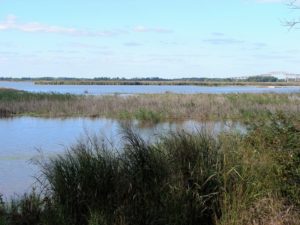
information on barn owl population dynamics. In 2015, out of 39 nest boxes near marshes along the Delaware River, 16 nest boxes fledged young. That year, 65 chicks were banded, and to give an idea as to how the population’s breeding output fluctuates, the number of chicks banded between 2009 and 2014 ranged between a low of 68 in 2013 to a high of 155 in 2009. The recognition of natural swings in barn owl populations is significant: often, researchers will conclude that barn owl populations are declining when instead they are merely seeing short term fluctuations.
In addition to the populations along the marshes, there is some evidence that barn owls are breeding in some numbers in abandoned buildings near the coast in northeastern New Jersey but little monitoring of this population has been done.
In summary, even though barn owls may continue to be present throughout the state in scattered and low numbers, most of the breeding population is concentrated along the southern coast in Salem and Cumberland counties. This population continues to be stable, in large part due to nest box installation and maintenance.
Diet, Fall Nesting, and Other Findings
Prey consumption studies show that the meadow vole comprises a large percentage of the diet in New Jersey. A few fall nests have been observed but it should be noted that such nests suffer higher failure than those nesting attempts made in the spring. One important finding from the Colvin/Hegdal study was that they have found a fairly high number of previous year fledglings breeding in their natal area. Out of 22 adults captured in 2015, 6 (27%) had been banded in the study area in previous years. This shows that local populations, at least on the east coast, can recruit future breeding birds from their own fledglings.

